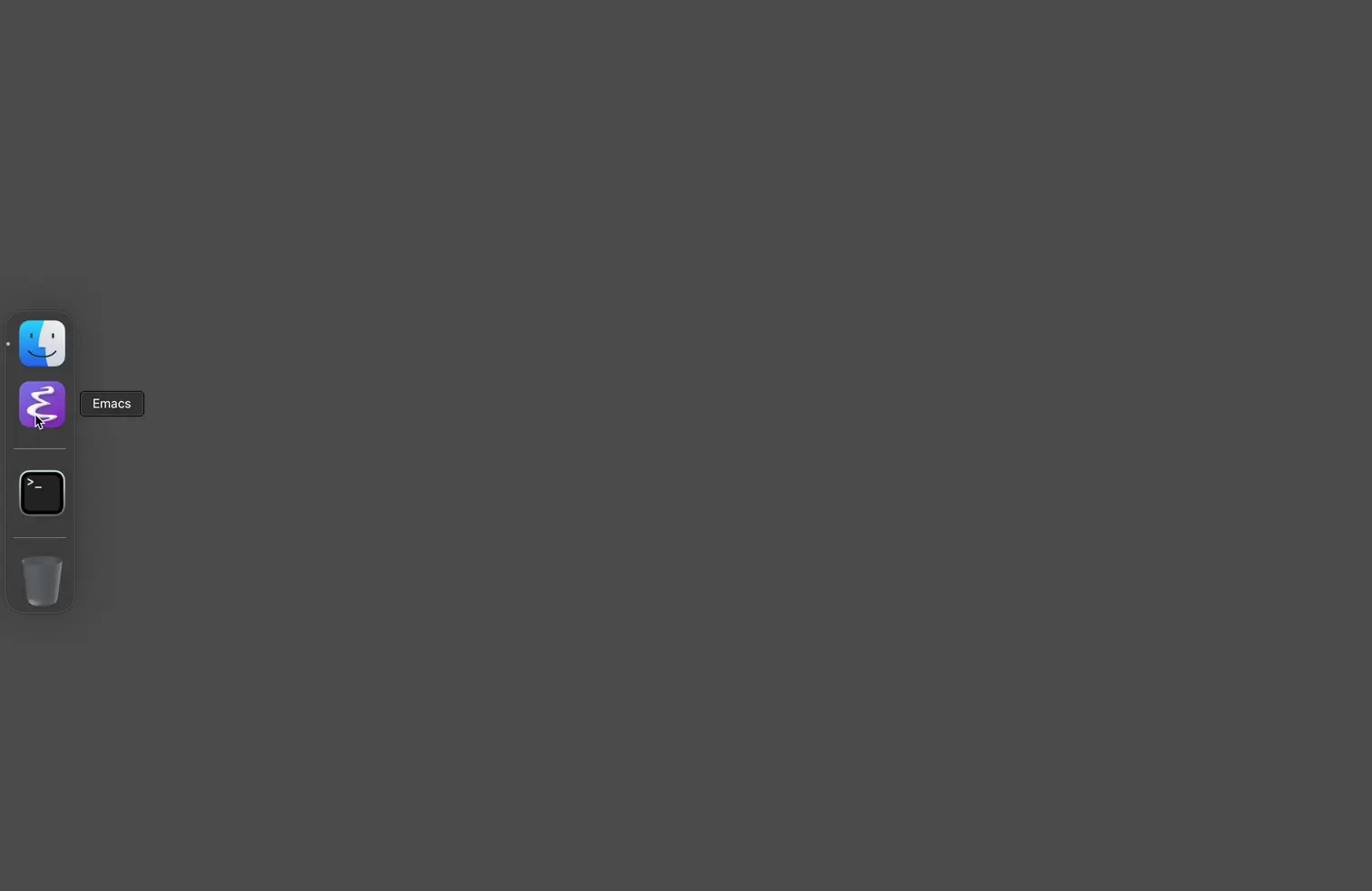Álvaro Ramírez
Emacs: A welcoming experiment
The *scratch* buffer is the first thing I see when I launch an Emacs session. Coupled with persistent-scratch, it's served me well over the years. I gotta say though, my scratch buffer accumulates random bits and often becomes a little messy. It's not the most visually appealing landing buffer when launching Emacs. But who cares, I'm only a C-x b binding away from invoking ivy-switch-buffer to get me wherever I need to be. It's powered by ivy-use-virtual-buffers, which remembers recent files across sessions.
Having said all of this, I recently ran into u/pearcidar43's post showcasing a wonderful Emacs banner. Lucky for us, they shared the image, so I got curious about building a minimal welcome buffer of sorts. Nothing fancy, the only requirements being to load quickly and enable me to get on with my C-x b ritual. Throw in a little bonus to exit quickly by pressing just q if I so desire.

I didn't know a whole lot on how to go about it, so I took a peak at emacs-dashboard for inspiration. Turns out, I needed little code to get
the desired effect in my early-init.el:
(defun ar/show-welcome-buffer () "Show *Welcome* buffer." (with-current-buffer (get-buffer-create "*Welcome*") (setq truncate-lines t) (let* ((buffer-read-only) (image-path "~/.emacs.d/emacs.png") (image (create-image image-path)) (size (image-size image)) (height (cdr size)) (width (car size)) (top-margin (floor (/ (- (window-height) height) 2))) (left-margin (floor (/ (- (window-width) width) 2))) (prompt-title "Welcome to Emacs!")) (erase-buffer) (setq mode-line-format nil) (goto-char (point-min)) (insert (make-string top-margin ?\n )) (insert (make-string left-margin ?\ )) (insert-image image) (insert "\n\n\n") (insert (make-string (floor (/ (- (window-width) (string-width prompt-title)) 2)) ?\ )) (insert prompt-title)) (setq cursor-type nil) (read-only-mode +1) (switch-to-buffer (current-buffer)) (local-set-key (kbd "q") 'kill-this-buffer))) (setq initial-scratch-message nil) (setq inhibit-startup-screen t) (when (< (length command-line-args) 2) (add-hook 'emacs-startup-hook (lambda () (when (display-graphic-p) (ar/show-welcome-buffer)))))
This being Emacs, I can bend it as far as needed. In my case, I didn't need much, so I can probably stop here. It was a fun experiment. I'll even try using it for a little while and see if it sticks. I'm sure there's plenty more that could be handled (edge cases, resizes, etc.), but if you want something more established, consider something like emacs-dashboard instead. I haven't used it myself, but is pretty popular.